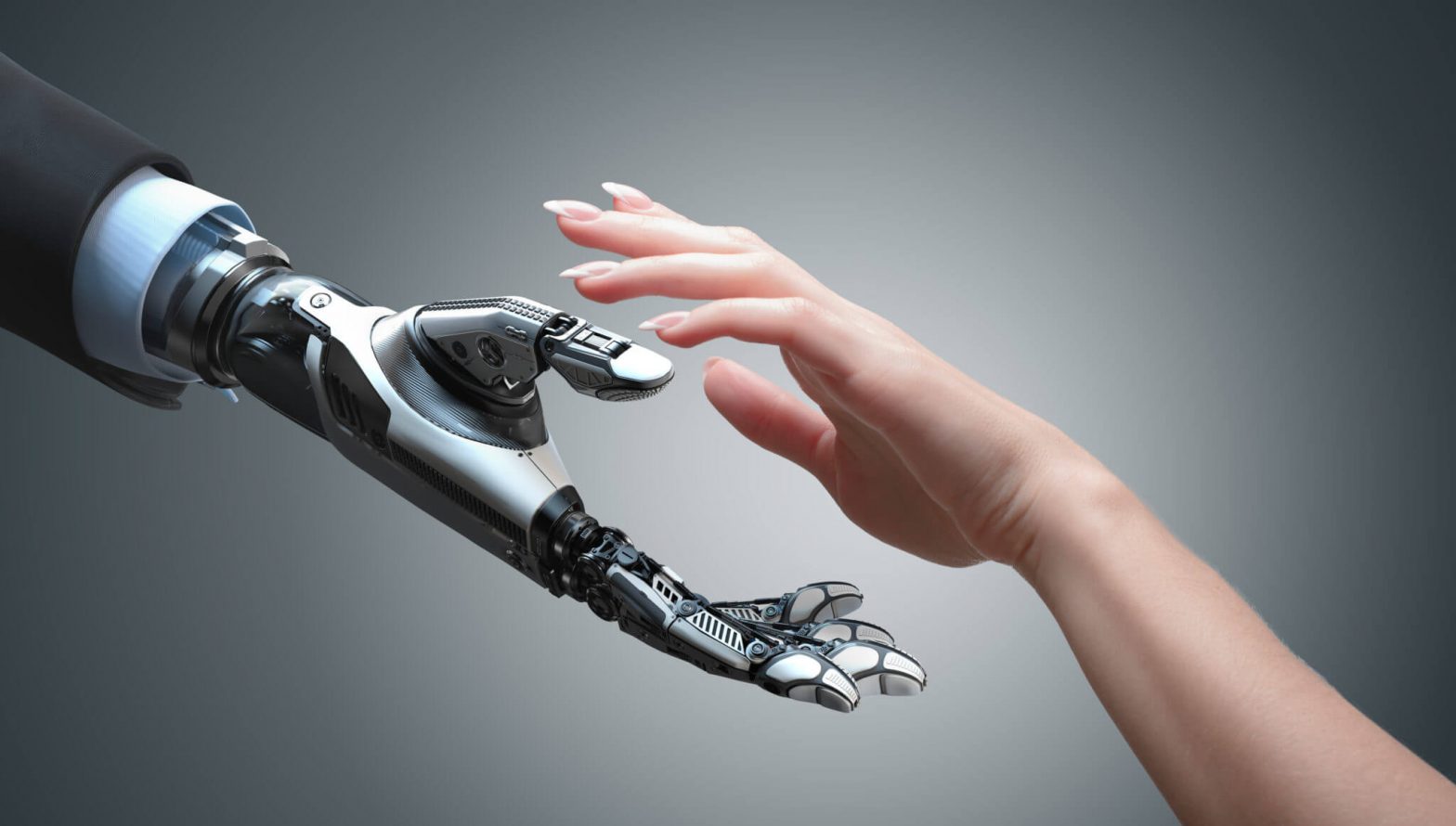Touch with robots – Is this possible?

What kind of robots do not exist in our time – robots that can walk, see, talk and hear, as well as manipulate various objects. There are even robots that can smell.
But what about a sense of touch? At first glance, everything seems to be simple here, and robots capable of recognizing objects through touch already exist, but there are a number of limitations in the methods used. In particular, most robotic mechanisms have only control of the force of pressing.
Everyone knows that in people’s lives, tactile sensations play a very important role. Manipulating an object, a person records not only the fact of contact, but also feels the pressure of the hand on the object through the skin and can thus regulate the compression force according to the mass and strength of this object. If the sense of touch will be present in robots to the full, then in the process of manipulating soft and fragile objects, the possibility of damage to them will be minimized or eliminated altogether.
Smart Skin
For the quantitative determination of touch from a technological point of view, not only knowledge of the external pressure force used for the tactile sensor is required, it is necessary to have information about the exact place of pressing, its angle and the way of interacting with the manipulated object.
You also need to determine how many touch sensors the robot needs. The development of the “skin” of a robot equipped with hundreds or even thousands of tactile sensors is a very difficult technological task, in solving which it is important to understand and take into account the physical mechanisms of contact perception in the biological world.
Most often, touch is measured using a sensor capable of converting the force of pressure into an electrical signal. So, in electronic scales, with which we find out our weight or weigh products in the kitchen, a piezoelectric transducer is usually used – a device that converts the pressure force into electricity. After that, the electric current is transmitted by wire to a small microchip, which reads the current strength, converts it to weight and displays on the screen.
However, despite the fact that such electronic devices are capable of recognizing different levels of pressure force, they cannot be used for smart skin due to a number of limitations. In particular, they have a relatively slow rate of response to pressure.
There are also types of sensors based on the physical change in other electrical characteristics, such as electrical capacitance and resistance. This technology is used, for example, in the production of some models of mobile phones and computers.
In recent years, scientists have been working hard (and successfully) to create tactile sensors that can be embedded in soft and flexible materials – this is the technology that is needed for using robotic machines in smart skin.
However, most of these developments experience problems in contact with moisture (remember what happens when you touch the touch screen of a smartphone with a wet finger).
The main area of application of flexible and reliable perception of depression today is medicine. For example, smart skin can be used to restore a sensory response in patients with skin lesions or peripheral neuropathy (numbness or tingling). It can also be used for prosthetics.
Recently, scientists at the Massachusetts Institute of Technology (MIT) and Harvard University have developed a tactile glove that operates on the basis of artificial intelligence. Like a human hand, the glove is equipped with 548 sensors located on a knitted fabric connected to a piezo resistive film (which also responds to pressure or tension) and connected by a network of conductive electrodes. This allows the glove to evaluate the characteristics of captured objects. This development opens up great prospects in the field of touch of robots and can subsequently be used to create prostheses and robotic gripping tools.
However, similar to all other touch interfaces, the technology also does not work when in contact with water.
Optical Pressure Measurement
In this regard, scientists have been working on a new type of tactile sensor for several years, using the thinnest films of organic light-emitting diodes (OLED) and photo sensors (OPD) to measure “soft touches”. Typically, OLED technology is used on TVs and smartphones. A new approach to measuring the sense of touch is based on the sense of touch of optical pressure. If successful, robots in the future will be able to get a sense of touch, currently available only to living creatures.
OLED elements (diodes or pixels) are usually completely reversible. This means that in addition to the ability to produce light (as is the case with a TV screen), these pixels can also determine it. Using this principle, you can create a tiny, light-tight, flexible dome with a reflective coating placed on top of several OLED pixels. If you do not disturb the dome, the light emitted from the central pixel is evenly distributed among the other pixels under the dome.
However, if you press the dome while touching something, it deforms as a result of the uneven reaction of the pixels used to determine the reflected light. By combining the reactions of dozens of such domes in the contact area, it will be possible to evaluate the applied pressing force.
This approach is an important step towards the creation and use of smart skin. It is possible that very soon we will see robots that can feel touch, being not only in the air, but also under water.














+ There are no comments
Add yours